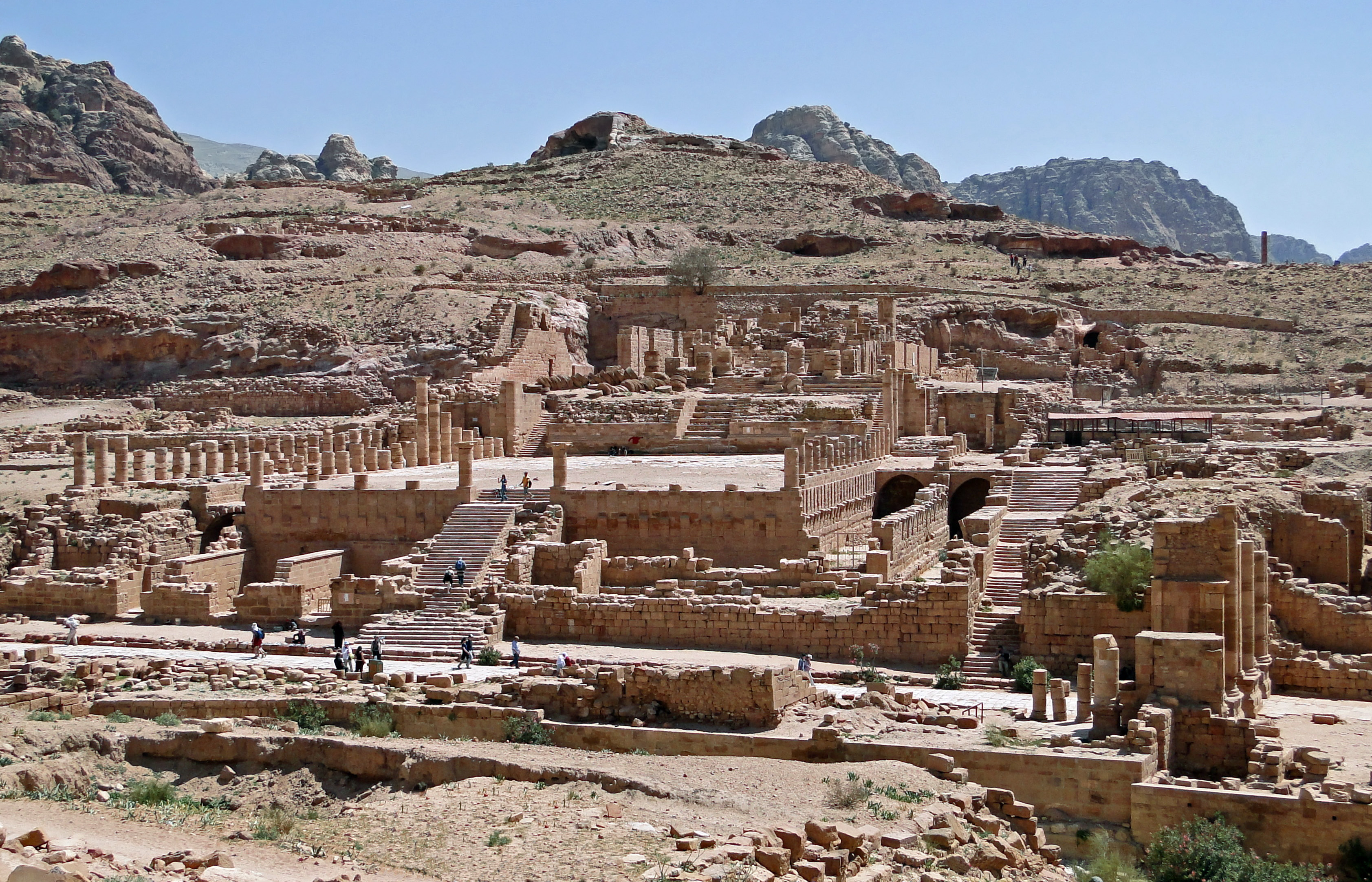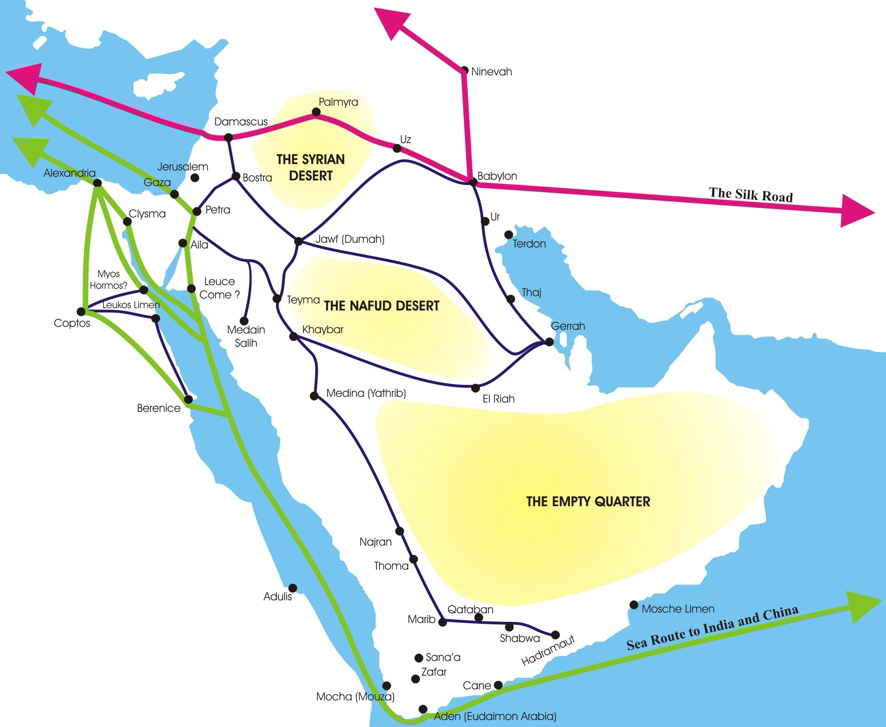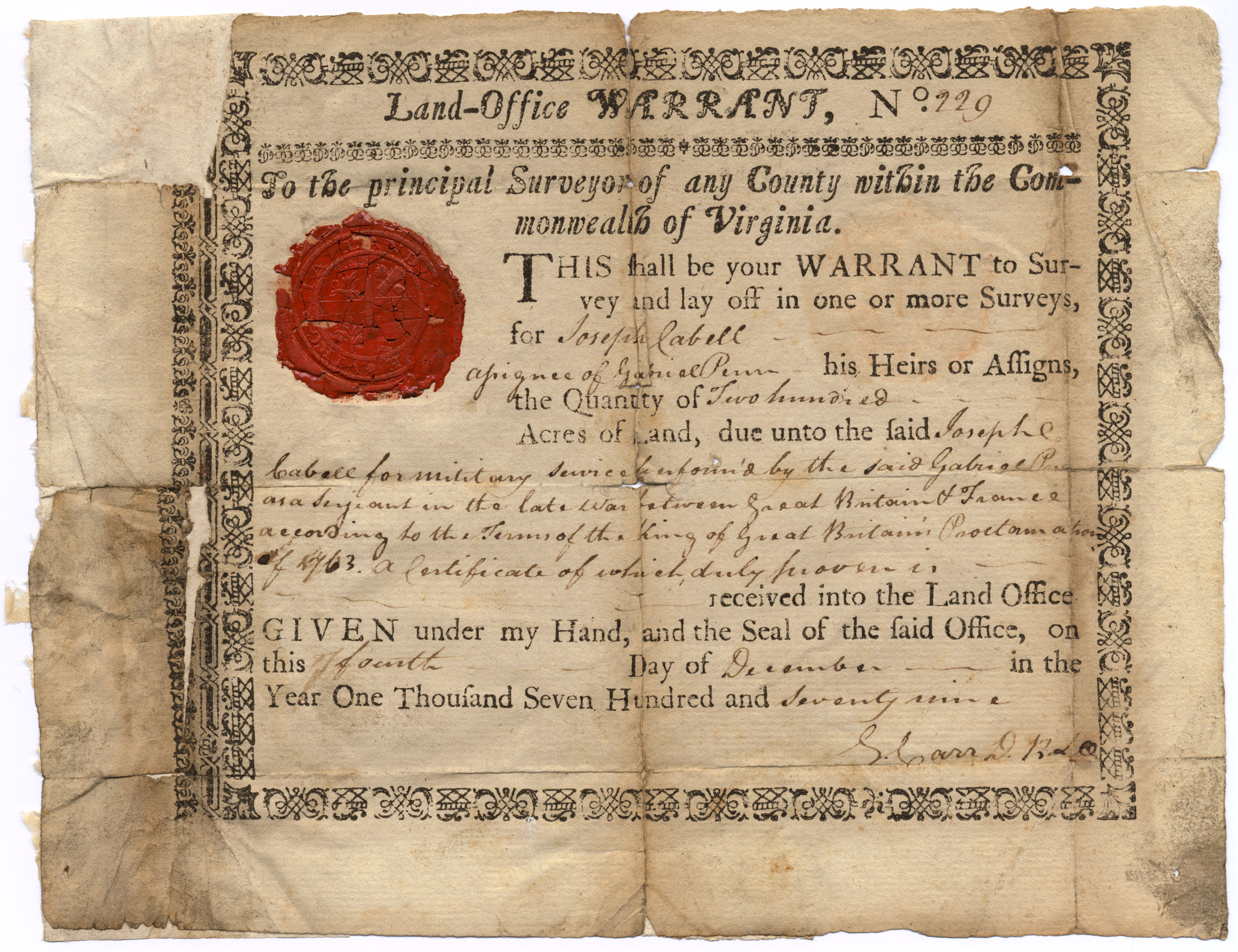|
AD 106
Year 106 (Roman numerals, CVI) was a common year starting on Thursday of the Julian calendar. At the time, it was known as the Year of the Consulship of Commodus and Civica (or, less frequently, year 859 ''Ab urbe condita''). The denomination 106 for this year has been used since the early medieval period, when the Anno Domini calendar era became the prevalent method in Europe for naming years. Events By place Roman Empire * Ignatius of Antioch, Ignatius writes a letter to Christians in Smyrna, using the term Catholic Church (approximate date). This is the earliest surviving witness to the use of the term "Catholic Church". * Emperor Trajan conquers the Dacian Fortresses of the Orăştie Mountains, and surrounds the capital, Sarmizegetusa Regia, Sarmizegetusa. * Battle of Sarmizegetusa: The Dacians are defeated with 50,000 captured. King Decebalus flees and commits suicide. * August 11 – The south-eastern part of Dacia (modern Romania) becomes a Roman province: R ... [...More Info...] [...Related Items...] OR: [Wikipedia] [Google] [Baidu] |
Roman Numerals
Roman numerals are a numeral system that originated in ancient Rome and remained the usual way of writing numbers throughout Europe well into the Late Middle Ages. Numbers are written with combinations of letters from the Latin alphabet, each with a fixed integer value. The modern style uses only these seven: The use of Roman numerals continued long after the Fall of the Western Roman Empire, decline of the Roman Empire. From the 14th century on, Roman numerals began to be replaced by Arabic numerals; however, this process was gradual, and the use of Roman numerals persisted in various places, including on clock face, clock faces. For instance, on the clock of Big Ben (designed in 1852), the hours from 1 to 12 are written as: The notations and can be read as "one less than five" (4) and "one less than ten" (9), although there is a tradition favouring the representation of "4" as "" on Roman numeral clocks. Other common uses include year numbers on monuments and buildin ... [...More Info...] [...Related Items...] OR: [Wikipedia] [Google] [Baidu] |
August 11
Events Pre-1600 * 3114 BC – The Mesoamerican Long Count calendar, used by several pre-Columbian Mesoamerican civilizations, notably the Maya, begins. * 2492 BC – Traditional date of the defeat of Bel by Hayk, progenitor and founder of the Armenian nation. * 106 – The south-western part of Dacia (modern Romania) becomes a Roman province: Roman Dacia. * 117 – Hadrian is proclaimed Roman emperor, two days after Trajan's death. * 355 – Claudius Silvanus, accused of treason, proclaims himself Roman Emperor against Constantius II. * 490 – Battle of Adda: The Goths under Theodoric the Great and his ally Alaric II defeat the forces of Odoacer on the Adda River, near Milan. * 923 – The Qarmatians of Bahrayn capture and pillage the city of Basra. * 1315 – The Great Famine of Europe becomes so dire that even the king of England has difficulties buying bread for himself and his entourage. * 1332 – Wars of Scottish Indepe ... [...More Info...] [...Related Items...] OR: [Wikipedia] [Google] [Baidu] |
Bostran Era
The Bostran era (also called the era of Bostra, the Arabian era or provincial era) was a calendar era (year numbering) with an epoch (start date) corresponding to 22March 106 AD. It was the official era of the Roman province of Arabia Petraea, introduced to replace dating by regnal years after the Roman annexation of the Nabataean Kingdom. It is named after the city of Bostra, which became the headquarters of the Sixth Legion stationed in the province. Dates and names The start date of the Bostran era was once a matter of dispute, in part because the ''Chronicon Paschale'' explicitly puts it the year of the consuls Candidus and Quadratus, that is, 105. Manuscript discoveries from the Cave of Letters put the issue to rest: the era of Bostra began in 106. The Bostran calendar was lunisolar. It had twelve months of 30 days with five epagomenal days at the end of the year., and , provide tables showing the correspondence between Bostran and Julian dates. The month names came from th ... [...More Info...] [...Related Items...] OR: [Wikipedia] [Google] [Baidu] |
Epoch
In chronology and periodization, an epoch or reference epoch is an instant in time chosen as the origin of a particular calendar era. The "epoch" serves as a reference point from which time is measured. The moment of epoch is usually decided by congruity, or by following conventions understood from the epoch in question. The epoch moment or date is usually defined from a specific, clear event of change, an ''epoch event''. In a more gradual change, a deciding moment is chosen when the ''epoch criterion'' was reached. Calendar eras Pre-modern eras * The Yoruba calendar (''Kọ́jọ́dá'') uses 8042 BC as the epoch, regarded as the year of the creation of Ile-Ife by the god Obatala, also regarded as the creation of the earth. * '' Anno Mundi'' it. "Year of the World"(years since the creation of the world) is used in ** the Byzantine calendar (5509 BC). ** the Hebrew calendar (3761 BC). * The Mesoamerican Long Count Calendar uses the creation of the fourth worl ... [...More Info...] [...Related Items...] OR: [Wikipedia] [Google] [Baidu] |
Arabia Petraea
Arabia Petraea or Petrea, also known as Rome's Arabian Province or simply Arabia, was a frontier Roman province, province of the Roman Empire beginning in the 2nd century. It consisted of the former Nabataean Kingdom in the southern Levant, the Sinai Peninsula, and the northwestern Arabian Peninsula. Its capital was Petra. It was bordered on the north by Syria (Roman province), Syria, on the west by Judea (Roman province), Judaea (renamed Syria Palaestina in AD 135) and Roman Egypt, Egypt, and on the south and east by the rest of Arabia, known as Arabia Deserta and Arabia Felix. The territory was annexed by Emperor Trajan, like many other eastern frontier provinces of the Roman Empire, but held onto, unlike Roman Armenia, Armenia, Mesopotamia (Roman province), Mesopotamia and Assyria (Roman province), Assyria, well after Trajan's rule, its desert frontier being called the Limes Arabicus. It produced the Emperor Philip the Arab, Philippus, who was born around 204. As a frontier ... [...More Info...] [...Related Items...] OR: [Wikipedia] [Google] [Baidu] |
Petra
Petra (; "Rock"), originally known to its inhabitants as Raqmu (Nabataean Aramaic, Nabataean: or , *''Raqēmō''), is an ancient city and archaeological site in southern Jordan. Famous for its rock-cut architecture and water conduit systems, Petra is also called the "Rose City" because of the colour of the sandstone from which it is carved. The city is one of the New 7 Wonders of the World and a UNESCO World Heritage Site. The area around Petra has been inhabited from as early as 7000 BC, and was settled by the Nabataeans, a nomadic Arab people, in the 4th century BC. Petra would later become the capital city of the Nabataean Kingdom in the second century BC. The Nabataeans invested in Petra's proximity to the incense trade routes by establishing it as a major regional trading hub, which gained them considerable revenue. Unlike their enemies, the Nabataeans were accustomed to living in the barren deserts and thus were able to defend their kingdom. They were particularly sk ... [...More Info...] [...Related Items...] OR: [Wikipedia] [Google] [Baidu] |
Nabataean Kingdom
The Nabataean Kingdom (Nabataean Aramaic: 𐢕𐢃𐢋𐢈 ''Nabāṭū''), also named Nabatea () was a political state of the Nabataeans during classical antiquity. The Nabataean Kingdom controlled many of the trade routes of the region, amassing large wealth and drawing the envy of its neighbors. It stretched south along the Tihamah into the Hejaz, up as far north as Damascus, which it controlled for a short period (85–71 BC). Nabataea remained an independent political entity from the mid-3rd century BC until it was annexed in AD 106 by the Roman Empire, which renamed it to Arabia Petraea. History Nabataeans The Nabataeans were one among several formerly Bedouin, nomadic Arab tribes that roamed (later settled) the Arabian Desert and moved with their herds to wherever they could find pasture and water. They became familiar with their area as seasons passed, and they struggled to survive during bad years when seasonal rainfall diminished. The origin of the specific tribe of Arab ... [...More Info...] [...Related Items...] OR: [Wikipedia] [Google] [Baidu] |
Roman Army
The Roman army () served ancient Rome and the Roman people, enduring through the Roman Kingdom (753–509 BC), the Roman Republic (509–27 BC), and the Roman Empire (27 BC–AD 1453), including the Western Roman Empire (collapsed Fall of the Western Roman Empire, AD 476/480) and the Byzantine Empire, Eastern Roman Empire (collapsed Fall of Constantinople, AD 1453). It is thus a term that broadly spans approximately 2,206 years, during which the force underwent numerous permutations in Size of the Roman army, size, Military of ancient Rome, composition, Structural history of the Roman military, organization, Roman military equipment, equipment and Strategy of the Roman military, tactics, while conserving a core of lasting traditions. Early Roman army (c. 550 – c. 300 BC) Until , there was no "national" Roman army, but a series of clan-based war-bands which only coalesced into a united force in periods of serious external threat. Around 550 BC, during the period conventiona ... [...More Info...] [...Related Items...] OR: [Wikipedia] [Google] [Baidu] |
Land Grant
A land grant is a gift of real estate—land or its use privileges—made by a government or other authority as an incentive, means of enabling works, or as a reward for services to an individual, especially in return for military service. Grants of land are also awarded to individuals and companies as incentives to develop unused land in relatively unpopulated countries; the process of awarding land grants are not limited to the countries named below. The United States historically gave out numerous land grants as homesteads to individuals desiring to make a farm. The American Industrial Revolution was guided by many supportive acts of legislatures (for example, the Main Line of Public Works legislation of 1863) promoting commerce or transportation infrastructure development by private companies, such as the Cumberland Road turnpike, the Lehigh Canal, the Schuylkill Canal and the many railroads that tied the young United States together. Ancient Rome Roman soldiers were giv ... [...More Info...] [...Related Items...] OR: [Wikipedia] [Google] [Baidu] |
Roman Legion
The Roman legion (, ) was the largest military List of military legions, unit of the Roman army, composed of Roman citizenship, Roman citizens serving as legionary, legionaries. During the Roman Republic the manipular legion comprised 4,200 infantry and 300 cavalry. After the Marian reforms in 107 BC, the legions were formed of 5,200 men and were restructured around 10 cohorts, the first cohort being double strength. This structure persisted throughout the Principate and Roman Empire, middle Empire, before further changes in the fourth century resulted in new formations of around 1,000 men. Size The size of a typical legion varied throughout the history of ancient Rome, with complements ranging from 4,200 legionaries and 300 ''equites'' (drawn from the wealthier classes – in early Rome all troops provided their own equipment) in the Republic, to 5,500 in the Imperial period, when most legions were led by a Roman Imperial Legate. A legion had 4,800 Legionary, legionaries ( ... [...More Info...] [...Related Items...] OR: [Wikipedia] [Google] [Baidu] |
Veterans
A veteran () is a person who has significant experience (and is usually adept and esteemed) and expertise in an job, occupation or Craft, field. A military veteran is a person who is no longer serving in the military, armed forces. A topic of interest for researchers has been the health of military personnel after leaving the military, particularly those who served in combat areas. This concern stems from veterans in countries like the US and Australia, being disproportionately over-represented in psychological and substance abuse disorders relative to the general population. In Australia, the Department of Veterans' Affairs (Australia), Department of Veterans' Affairs provides a Proactivity, proactive service to address 'real life' health care problems in the veteran community. Public attitude towards veterans Military veterans often receive special treatment in their respective countries. War veterans are generally treated with great respect and honour, although negative ... [...More Info...] [...Related Items...] OR: [Wikipedia] [Google] [Baidu] |
Roman Dacia
Roman Dacia ( ; also known as ; or Dacia Felix, ) was a province of the Roman Empire from 106 to 271–275 AD. Its territory consisted of what are now the regions of Oltenia, Transylvania and Banat (today all in Romania, except the last region which is split among Romania, Hungary, and Serbia). During Roman rule, it was organized as an imperial province on the borders of the empire. It is estimated that the population of Roman Dacia ranged from 650,000 to 1,200,000. It was conquered by Trajan (98–117) after two campaigns that devastated the Dacian Kingdom of Decebalus. However, the Romans did not occupy its entirety; Crișana, Maramureș, and most of Moldavia remained under the Free Dacians. After its integration into the empire, Roman Dacia saw constant administrative division. In 119 under Hadrian, it was divided into two departments: Dacia Superior ("Upper Dacia") and Dacia Inferior ("Lower Dacia"; later named Dacia Malvensis). Between 124 and around 158, Dacia Sup ... [...More Info...] [...Related Items...] OR: [Wikipedia] [Google] [Baidu] |







